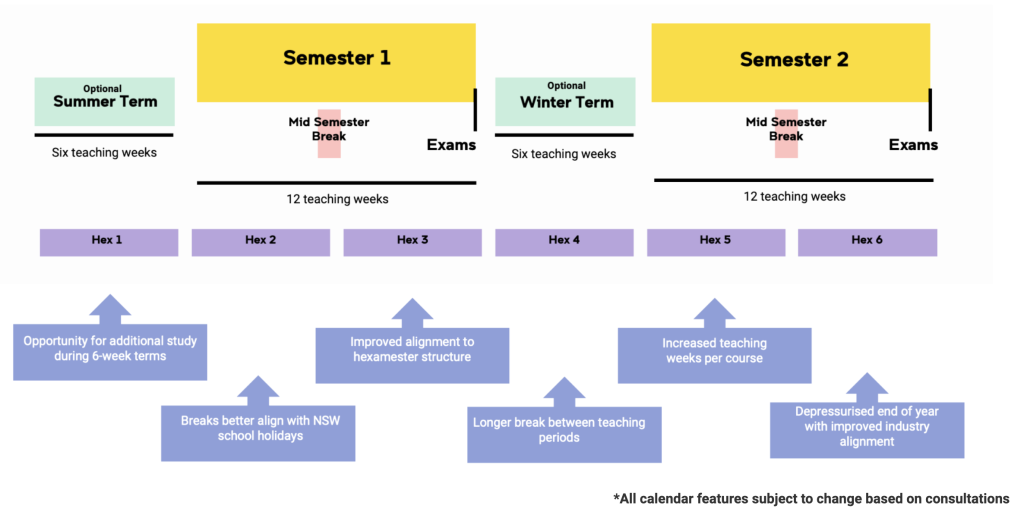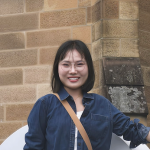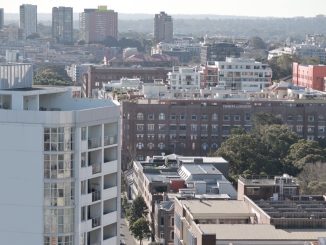
I propose to write a news commentary exploring UNSW’s decision to phase out the controversial trimester model by 2026. While some see it as a logistical recalibration, for thousands of students, it’s nothing short of a long-overdue relief. As early as 2024, rumors leaked that Trimester is coming to an end in 2025, which aroused intense discussions on the Internet. My argument is that this reform not only attaches importance to the physical and mental health of students but also helps restore academic depth. It reflects the trend of higher education’s transformation towards a more sustainable learning model.

Why This Matters
The trimester model was originally introduced to offer flexibility and faster graduation. But in reality, many students faced constant academic pressure and shorter breaks. This news commentary has timeliness and proximity. This piece of news was released by The Sydney Morning Herald on April 16, 2025. It was a recent event. The “freshness” of the news is extremely high, and it is currently at a time window when students and teachers are closely discussing it. For local readers in Sydney, especially college students, the incident is closely related to their daily study and life. At the same time, it also holds high reference value for students at other universities across Australia and observers of educational reform.
Story Focus
This story is especially relevant to university students, educators, and policymakers who are reassessing what “effective education” should look like in a post-COVID world. I will include diverse viewpoints from UNSW undergraduate students, postgraduate students, and mental health advocates to provide a well-rounded analysis. The following three points are also what I want to analyze:
- How fast-paced learning has impacted student mental health
- Whether the two-semester model offers better outcomes for students
- What this decision means for broader higher education reform in Australia
Target Publication & Users
I propose this story for City Hub. The publication’s audience includes university students, educators, and socially engaged readers. City Hub has previously reported on the UNSW trimester system, indicating a clear editorial interest in higher education policy. This news commentary will serve as a follow-up piece, offering critical insight and analysis beyond the basic facts of the original news.
Sources of Information
- Official media release
- ‘‘Not about the money’: UNSW dumps controversial trimesters (The Sydney Morning Herald)
Intended Interviewees
- Current UNSW students (include undergraduate and postgraduate) and lecturers
- Academic commentary from University of Sydney education scholars
Multimedia & Interactivity
- Hyperlinks to relevant research and media sources
- Embedded student reactions on social media about the announcement
- Landscape photos of the UNSW Kensington campus
- A chart of survey results on student stress and satisfaction from UNSW student unions or mental health organizations
-
UNSW’s decision is not just about a calendar change—it’s a public acknowledgement that education must serve the people within it. By reverting to the standard two-semester structure, UNSW joins the majority of Australian universities. It reflects growing awareness of student needs.
What do you think? Have you studied under a trimester system?
Share your thoughts in the comments below.





Be the first to comment